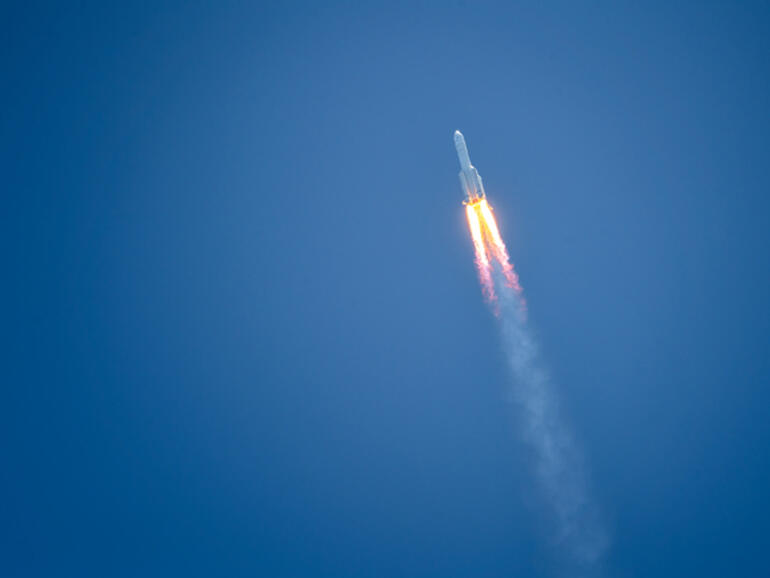Even though different states, territories, universities, and private organisations across Australia have recently announced several of their own space projects, the deputy head of the Australian Space Agency (ASA) Anthony Murfett has assured Australia’s approach to growing the space sector on a global scale is a joint effort.
“I think the environment we’re creating is — and we’ve seen that each of the states and territories while they’re doing different technologies — it’s all coming together to showcase what Australia can do,” he told ZDNet.
“For example, if we look at WA, there’s a huge drive on linking the resource sector and showing we can operate in space … and while we’ve got these great teams, they’re building a workforce that Australia can leverage.
“What we do know is that as the world is looking at Australia, they know we’ve got all these great capabilities. We need multiple areas to be involved in space and one of the roles of the agency is to make sure we showcase that to the world and show how we’re building this really cohesive sector.”
Some of these state-based projects include the launch of Western Australia’s first satellite into orbit and South Australia’s space mission to launch its own small satellite into low orbit in 2022.
For Phil Bland, director of Curtin University Space Science and Technology Centre, he believes the best approach is letting the Australian space sector grow organically, and not force certain groups to work with each other.
“Science works by generating great ad-hoc collaborations to solve joint problems,” he said.
Iver Cairns, director of the ARC Training Centre CUAVA and professor of Space Physics at the University of Sydney, agreed, noting that there’s plenty of discussions and work going on behind-the-scenes between agencies, industry, and universities.
“Most of the states are doing things that are complimentary, rather than competitive,” he said.
“For instance, New South Wales with its space development strategy has a pilot space qualification project, otherwise known as Waratah Seed, but there’s also a national space industry hub, which is intended to be across Australia rather than just in New South Wales, and that’s true for all other states [such as] Western Australia, Queensland etcetera; they’re trying to be complimentary, and I think it’s actually working.”
The national approach to space has been set out by the Australian Civil Space Strategy that was launched in 2019. Part of the strategy is to eventually triple the size of Australia’s space sector and grow an additional 20,000 jobs by 2030.
In a bid to speed up the delivery of the national strategy, the ASA and Viasat Australia announced on Thursday they have signed a strategic intent and cooperation agreement. Under this agreement, Viasat will establish Australia as its satellite engineering “hub” for regional Asia Pacific operations, as well as continue to deliver services such as Earth observation and communication technologies. Growing Viasat’s local headcount is also part of the agreement.



